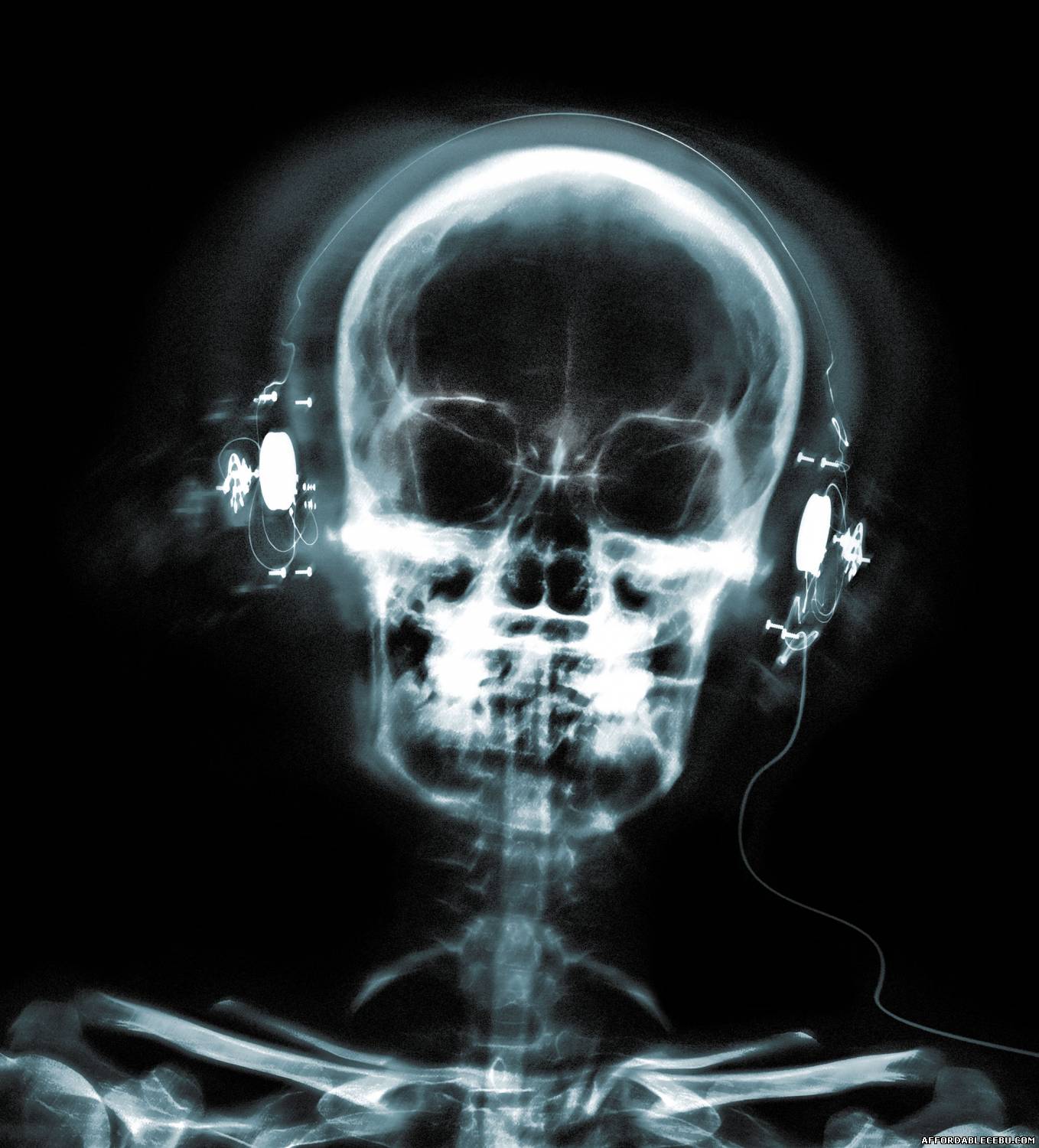
diagnosis of fractures – detection of broken bones is one of the most common uses of this test.About seven million x-ray examinations are made every year in Australia. On the other hand, radiation passes easily through air spaces, so healthy lungs appear black. The calcium in bones blocks the passage of radiation, so healthy bones show up as white or grey. Nowadays x-ray examinations are more likely to use a device that will capture transmitted x-rays to create an electronic image. In the past, this went onto a sheet of special film. a radiologist (a medical specialist) who is trained to interpret x-ray images.Ī small amount of ionising radiation is passed through the body.a radiographer who conducts the examination and is trained to create the best quality images as safely as possible.The two types of health practitioners involved in x-ray examinations are: Tell your doctor if you are pregnant or think you may be pregnant. On average, the dose of radiation is roughly the same as you would receive from the general environment in about one week. Smaller areas such as the hand receive a lesser dose compared to a larger area such as the spine. The dose of radiation you will receive depends on the area of your body being examined.



This radiation passes through your body and is captured on a special device to produce the image. A special machine emits (puts out) a small amount of ionising radiation. An x-ray examination creates images of your internal organs or bones to help diagnose conditions or injuries.


 0 kommentar(er)
0 kommentar(er)
